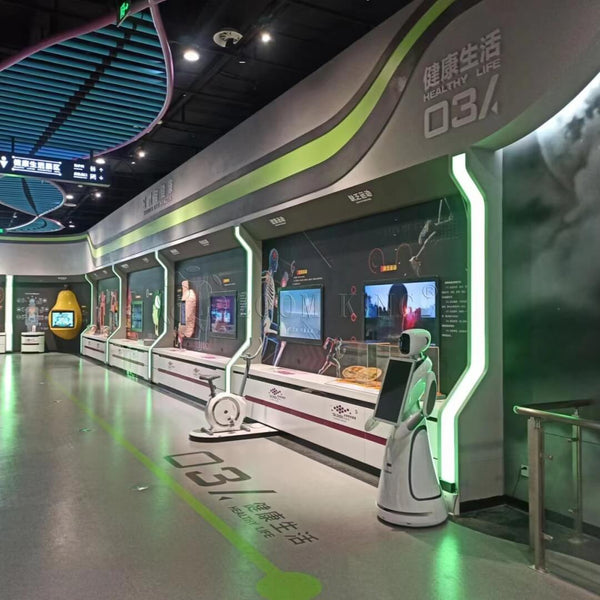Science Center Interactive Model: Exploring the Human Body Through Hands-On Organ Exhibits

Introduction
In today's experiential learning environments, science centers are embracing innovation to make complex topics like biology more accessible. One of the most powerful ways to achieve this is through a Science Center Interactive Model—an exhibit that blends scientific knowledge with tactile, visual interaction. One standout example is the Human Body Organ Interactive Model, where visitors can explore the body’s major systems by engaging directly with life-sized, movable, and illuminated organs.
What Is a Science Center Interactive Model?
A Science Center Interactive Model is an educational, often large-scale exhibit designed to visualize, simplify, and teach scientific concepts through interaction, motion, and design.
Key features typically include:
-
Physical models with moving or illuminated parts
-
User-activated elements like buttons, levers, or touch panels
-
Realistic scale and textures
-
Integrated sound or visual feedback systems
-
Curriculum-aligned content for various education levels
Example: Human Body Organ Interactive Model
In this immersive biology exhibit, the human body is transformed into a walk-through or tabletop-sized interactive model. Each organ — heart, brain, lungs, stomach, kidneys, intestines, liver, and more — is represented by a 3D model that lights up, moves, or responds to touch. When a visitor presses a button or turns a handle, they can see how the organ functions, hear its sounds, and learn interesting facts.
Features include:
-
LED-lit organs that glow when activated
-
Interactive animations showing blood flow, digestion, or respiration
-
Audio narration or touchscreen pop-ups for each organ
-
Educational quiz stations to test knowledge after exploring the system
-
Safe materials ideal for children and repeated public use
This model helps children understand how each organ works both independently and as part of an integrated system — making the complexity of the human body both exciting and understandable.
Benefits of Interactive Models in Science Centers
🧠 Turns Anatomy Into Adventure
Instead of reading anatomy from a book, children and families engage directly with organs, seeing how everything connects and functions.
👐 Multisensory Learning
With touch, sight, and sound combined, the exhibit appeals to visual, auditory, and kinesthetic learners alike.
🧬 Aligns with Biology and Health Curricula
Ideal for school groups learning about the human body, health science, and life systems.
🌍 Universal Fascination
The human body is something everyone can relate to — making this model instantly engaging and relevant for all ages and backgrounds.
Designed for Durability and Education
Creating a Human Body Organ Interactive Model requires collaboration between:
-
Biology educators and curriculum experts
-
Mechanical and electronic engineers
-
Industrial designers
-
Museum exhibit fabricators
The result is an exhibit that is scientifically accurate, aesthetically beautiful, and built to withstand thousands of interactions every month.
Conclusion
The Human Body Organ Interactive Model exemplifies how a Science Center Interactive Model can turn scientific learning into an unforgettable journey. By engaging with organs directly—seeing them light up, hearing how they work, and exploring their roles—visitors leave with a deeper appreciation of biology and a stronger connection to their own bodies. As science centers continue to inspire the next generation, interactive organ exhibits are proving to be both educational and magical.
